Results
-
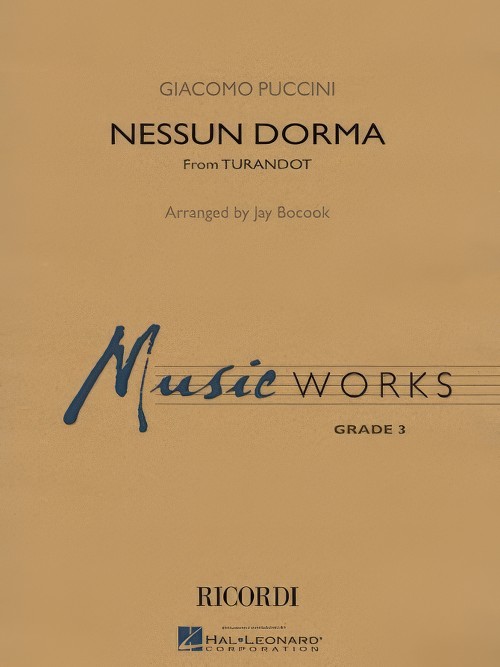 £60.99
£60.99Nessun Dorma (No One Sleeps) (Concert Band - Score and Parts) - Puccini, Giacomo - Bocook, Jay
One of the most memorable melodies ever written, this Puccini masterpiece is wonderfully adapted for band by Jay Bocook. The opening theme is presented by a solo baritone (cued for trumpet or oboe) followed by soaring statements for woodwinds and horn. The trumpets are added as the pieces build towards the climactic ending.Duration: 2:15
Estimated dispatch 7-14 working days
-
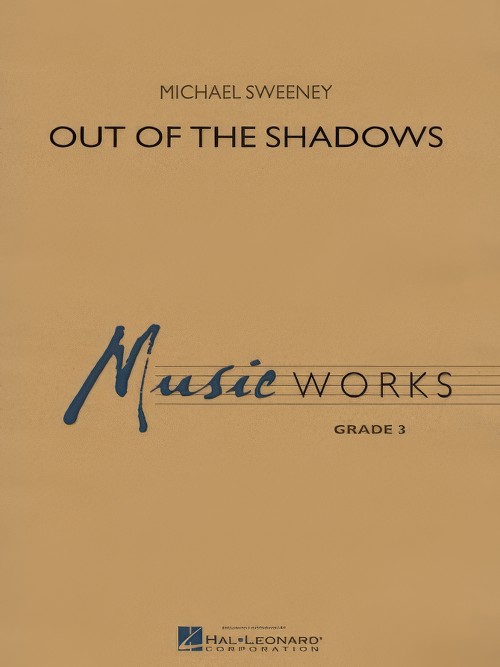 £60.99
£60.99Out of the Shadows (Concert Band - Score and Parts) - Sweeney, Michael
Commissioned for the Wisconsin Lutheran High School's centennial year, this expansive work incorporates the Welsh folk song "The Ash Grove" in a lush and varied treatment. The main melody, played first by horns and baritone, returns near the end in a glorious, fully orchestrated chorale. In between is a beautiful secondary theme played by oboe and flute soloists followed by a dramatic fugal section. A musically rewarding and effective piece. Duration: 6:00
Estimated dispatch 7-14 working days
-
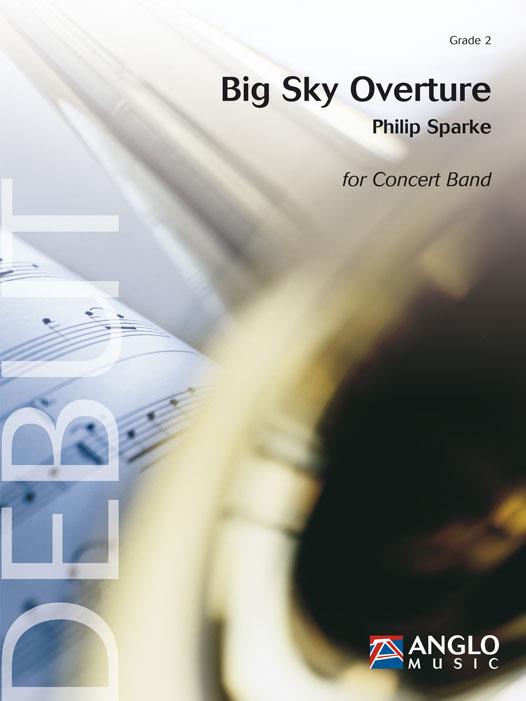 £99.99
£99.99Big Sky Overture (Concert Band - Score and Parts) - Sparke, Philip
Composer Philip Sparke is fascinated by the early history of the American west, in particular the incredible expedition undertaken by Meriwether Lewis and William Clark, who were dispatched by President Thomas Jefferson in the first decade of the nineteenth century to map the headwaters of the Missouri River and establish a route to the Pacific: a two-year journey that led them across the uncharted Great Plains and Rocky Mountains. Big Sky Overture depicts the vastness and beauty of this area and will bring a feel of the Wild West to any concert.Duration: 4:20
Estimated dispatch 7-14 working days
-
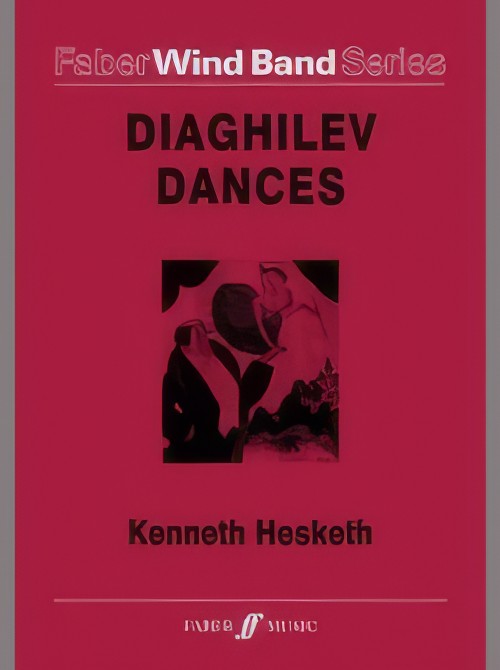 £125.00
£125.00Diaghilev Dances (Concert Band - Score and Parts) - Hesketh, Kenneth
As a young musician, Hesketh was spellbound by the sounds and colours of the ballet music commissioned for the Ballets Russes company by Serge Diaghilev, the great ballets by Stravinsky, Debussy, Ravel and Prokofiev.Diaghilev Dances is Hesketh's homage to this great legacy, which he describes as a miniature ballet consisting of an introduction, three dances and three entr'actes.
Estimated dispatch 7-14 working days
-
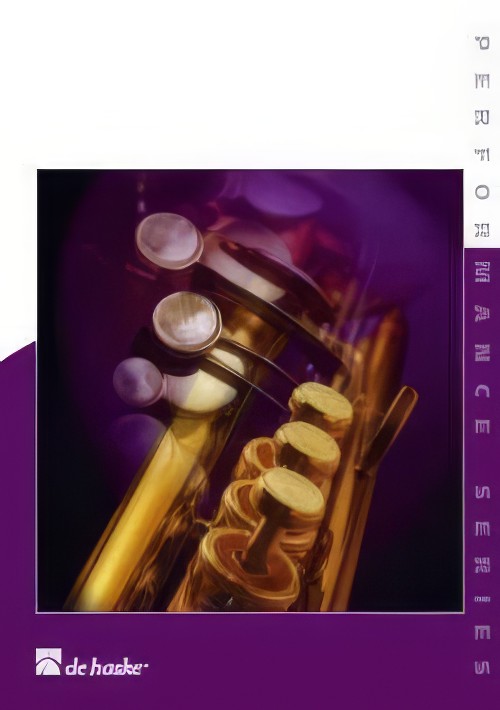 £76.99
£76.99Gavotte (Concert Band - Score and Parts) - Handel, George Frideric - Watkin, Andrew
The Gavotte is an old dance that is used by most of the baroque composers such as Bach and Handel. This gavotte, composed by Handel, has been expertly arranged for young band by Andrew Watkin.Duration: 2:00
Estimated dispatch 7-14 working days
-
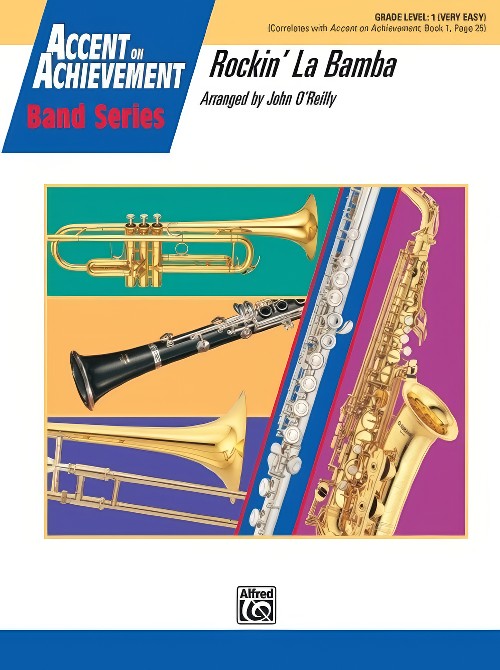 £45.95
£45.95Rockin' La Bamba (Concert Band - Score and Parts) - O'Reilly, John
Almost everyone is familiar with this tune made popular by Ritchie Valens and then by Los Lobos. Now your young band can play this tune expertly arranged by John O'Reilly. This is a great piece for teaching easy syncopations and pop style, while every section gets a chance to shine as they handle the famous melody. A great selection for the end of year concert. Duration: 1.45
Estimated dispatch 7-14 working days
-
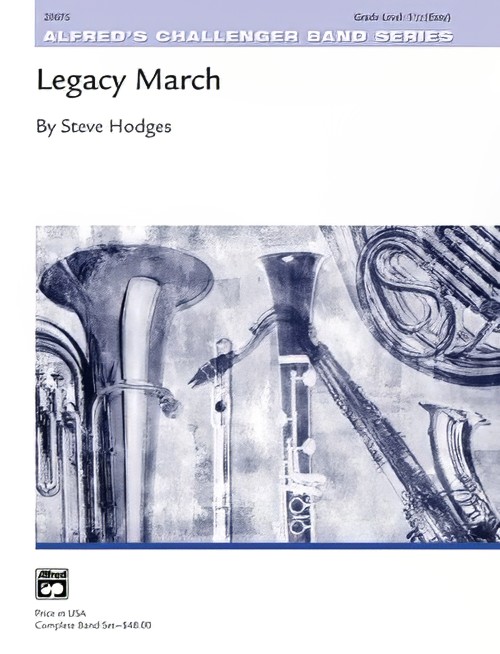 £48.95
£48.95Legacy March (Concert Band - Score and Parts) - Hodges, Steve
You'll find yourself humming this catchy march over and over! Beginning with a fanfare in the trumpets, horns, and saxophones, the low brass soon enters followed by the woodwinds playing a countermelody. The march tune is introduced by the trumpets and saxes, then turned over to the winds. The B section brings a quieter mood, followed by a return of the A theme with a brief coda that brings the piece to a grandiose conclusion. A fantastic addition to the march repertoire. Duration: 2.45
Estimated dispatch 7-14 working days
-
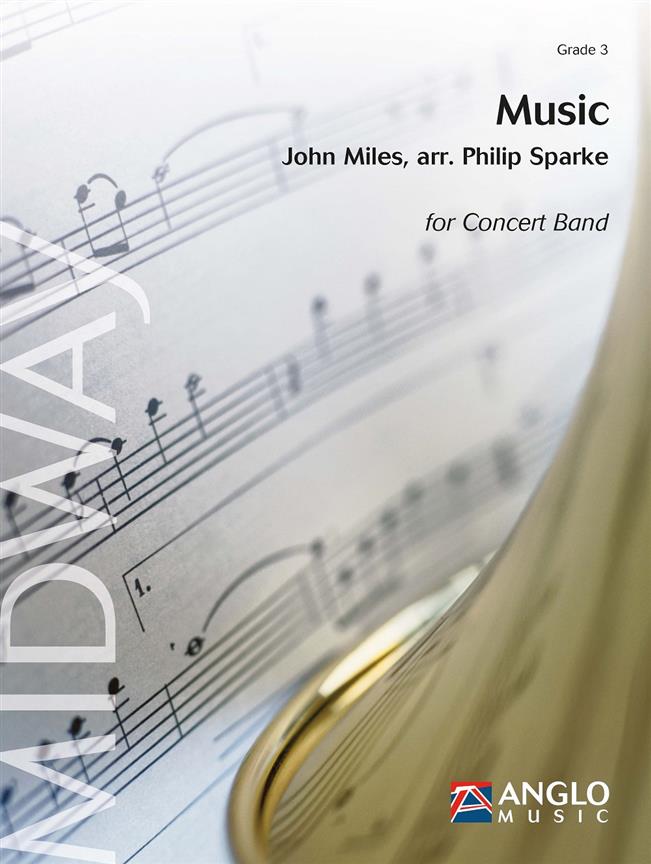 £106.99
£106.99Music (Concert Band - Score and Parts) - Miles, John - Sparke, Philip
Born in Jarrow, northeast England, in 1949, John Miles was something of a child prodigy, learning the piano from the age of five. In the early '60s he persuaded his father to buy him a guitar and by the end of the decade he had joined a semi-professional band, The Influence. The group soon disbanded and by 1969 Miles was recording with his own group, The John Miles Band, releasing a dozen singles in the early '70s. In 1975 Miles decided to move to London and secured a deal with Decca Records. By October that year, a newly formed band, John Miles and Co, had released their debut single, Highfly, but their greatest hit, which stormed the British charts in March 1976, was Music.Duration: 6.00
Estimated dispatch 7-14 working days
-
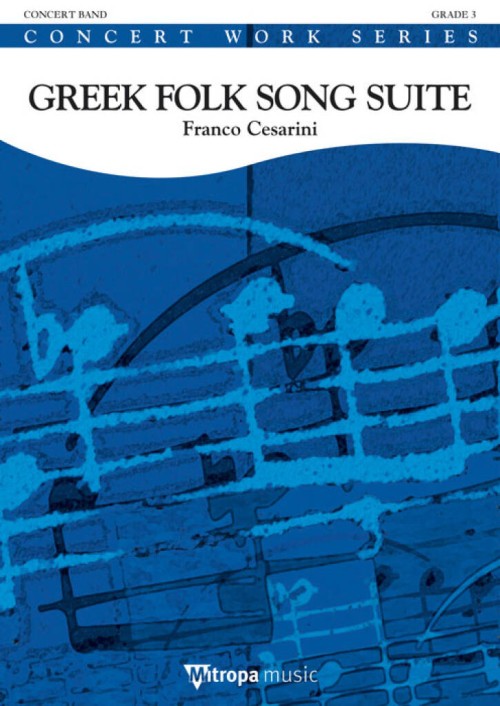 £154.99
£154.99Greek Folk Song Suite (Concert Band - Score and Parts) - Cesarini, Franco
Greek folk music is characterised by the sound of the 'buzuki' which is often used in combination with the clarinet, the mandolin, the violin and various types of tambourines. In Greek Folk Song Suite, Franco Cesarini has elaborated on three songs belonging to this most ancient tradition. The first, O Haralambis, is in 7/8 time, a characteristic of a popular folk dance called kalamatianos. Originally, the song O Haralambis was sung to 'tease' during weddings with the text of the song refering to a young man who refuses to marry. The second movement, Stu Psiloriti, refers to an ancient song from the island of Crete. The third movement of the suite is based on the song Vasilikos tha gino and is characterised by the sirtaki, probably the most popular Greek dance outside of Greece. This is Greek passion portrayed by a concert band!Duration: 9:00
Estimated dispatch 7-14 working days
-
 £69.99
£69.99Infinity and Beyond... (Concert Band - Score and Parts) - Sparke, Philip
The last decades of the 20th century saw man's first steps in space exploration. Since the first moon landing by Neil Armstrong in 1969, these adventures in outer space have captured the public's imagination and have given birth to scores of science fiction movies, books and TV series that have tackled the subject. Infinity and Beyond... takes as its inspiration the wonderful film scores of composers such as John Williams and Jerry Goldsmith, who have almost invented a style which could be called 'space music'.Opening with a rhythmic bass figure, Infinity and Beyond... begins with a robust introduction in 3/4, which leads to the main theme in 4/4, played by the full band. A short bridge passage, utilising the interval of a fourth, leads to a modal central section, featuring first the trumpets and then played by the whole band; this in turn leads back to a repeat of the introduction until the main theme returns to bring the piece to a close.Duration: 3:00
Estimated dispatch 7-14 working days
